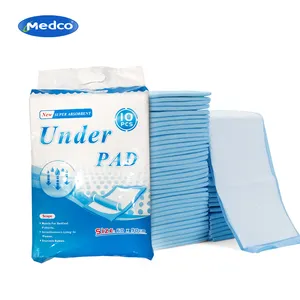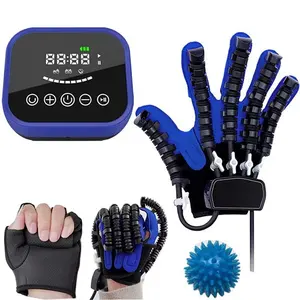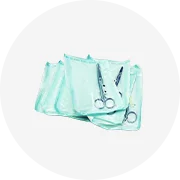आपके उद्योग में लोकप्रिय





































































शीर्ष श्रेणियां
बिक्री के लिए कुत्ते केनेल के बारे में
थोक एक्यूपंक्चर चीनी दवा सुई और अन्य बिक्री के लिए कुत्ते केनेल उत्पादों के लिए एक अंतरराष्ट्रीय आपूर्तिकर्ता से संपर्क करें। पारंपरिक चीनी चिकित्सा के कई सिद्धांत हैं। उनमें से कुछ में एक्यूपंक्चर, हर्बल दवा, मालिश, आहार चिकित्सा और व्यायाम शामिल हैं। उनमें से, एक्यूपंक्चर (जिसे चीनी सुई उपचार भी कहा जाता है) आज सबसे व्यापक में से एक है। इस अभ्यास के अनुसार, शरीर में ऊर्जा प्रवाह (क्यूई) मार्गों से जुड़े 2,000 से अधिक एक्यूपंक्चर बिंदु हैं। फिर पूरे शरीर में ऊर्जा का प्रवाह हमारे स्वास्थ्य को प्रभावित करेगा, जिससे ऊर्जा के इस प्रवाह की बहाली सही जगहों पर एक्यूपंक्चर सुइयों के सम्मिलन के माध्यम से होगी।
एक्यूपंक्चर और अन्य {keyword } प्रथाओं में कार्रवाई के कुछ तंत्र हैं, हालांकि पश्चिमी चिकित्सा द्वारा पूरी तरह से समझाया नहीं गया है। एनआईएच अध्ययनों के अनुसार, कुछ स्थितियों के उपचार में एक्यूपंक्चर प्रभावी हो सकता है। उनमें से कुछ में पीठ के निचले हिस्से में दर्द, मासिक धर्म में ऐंठन, फाइब्रोमायल्गिया, सिरदर्द और कार्पल टनल सिंड्रोम शामिल हैं। यह उपचार संक्रमण से बचने के लिए निष्फल सुइयों का उपयोग करता है। चिकित्सा के आधार पर उन्हें विद्युत प्रवाह के साथ गर्म या इलाज भी किया जा सकता है। इस तरह की तैयारी के लिए विशिष्ट मशीनों का उपयोग किया जाता है। ये प्रक्रियाएं एक चीनी चिकित्सा क्लिनिक में की जा सकती हैं।
Alibaba.com पर, आपको थोक बिक्री के लिए कुत्ते केनेल उत्पाद और एक्यूपंक्चर सुई मिल जाएगी। अपने ग्राहकों के लिए सही पारंपरिक चीनी चिकित्सा उत्पाद खोजें।











